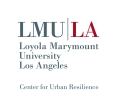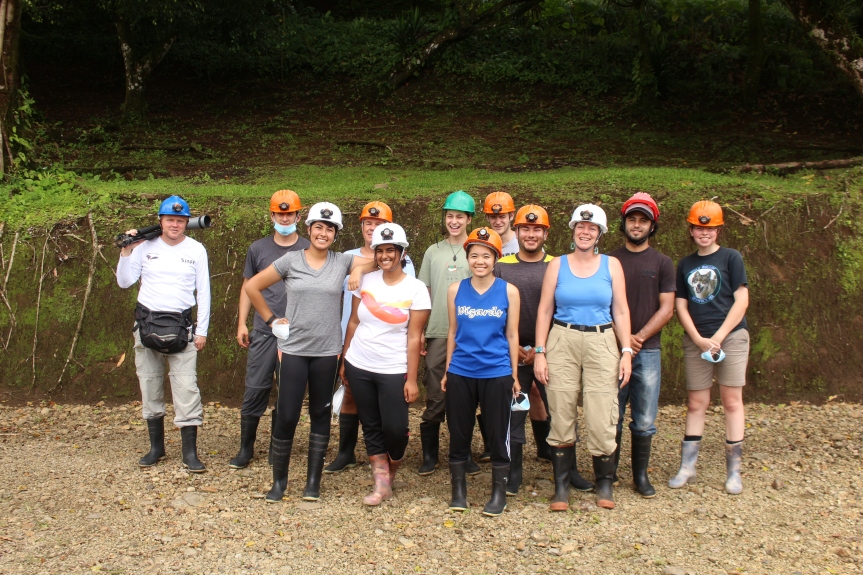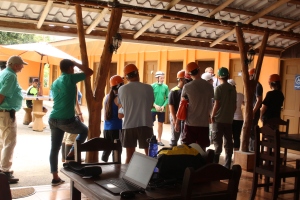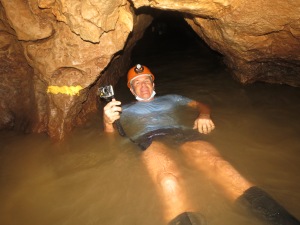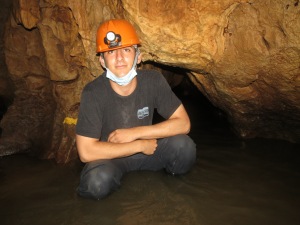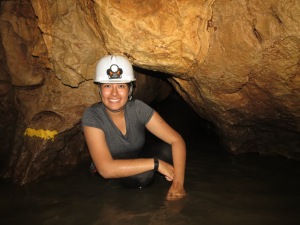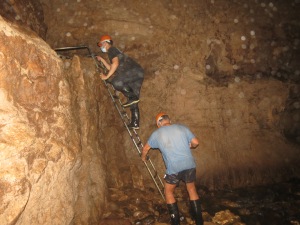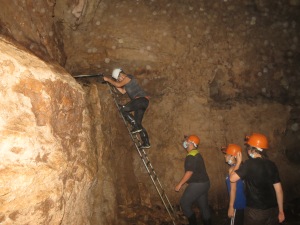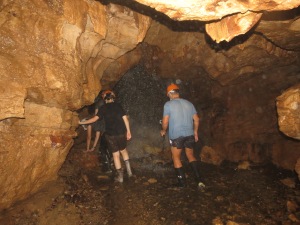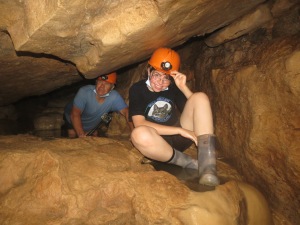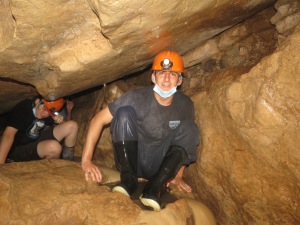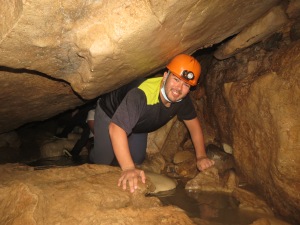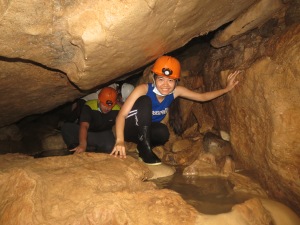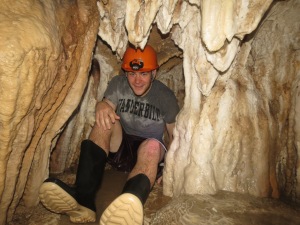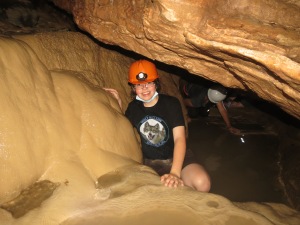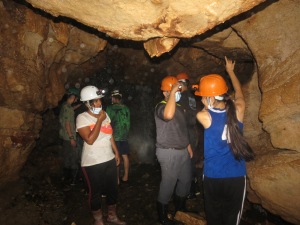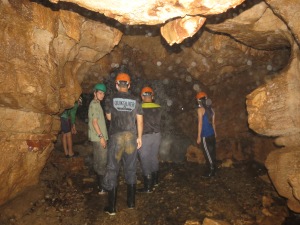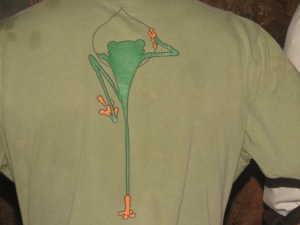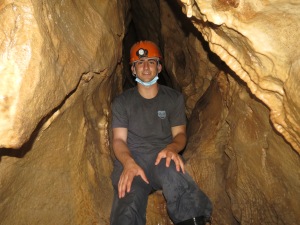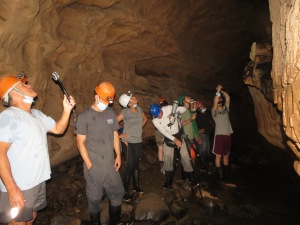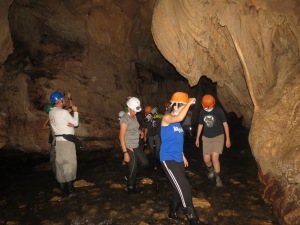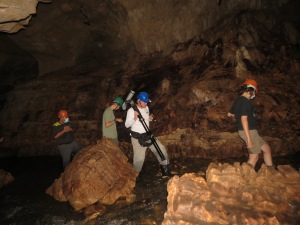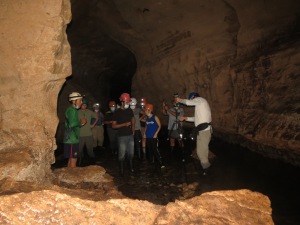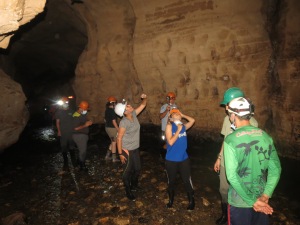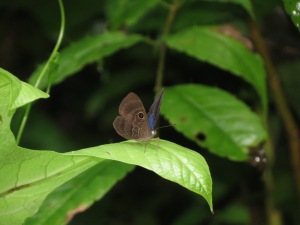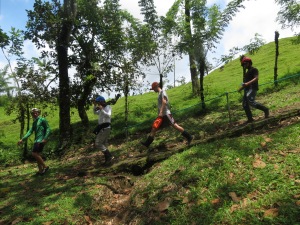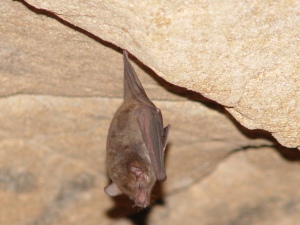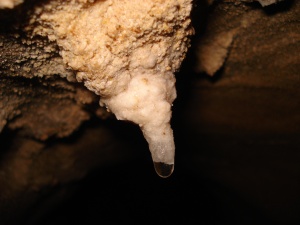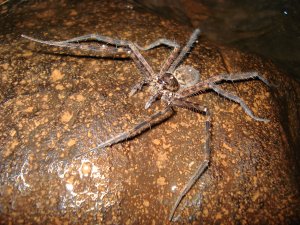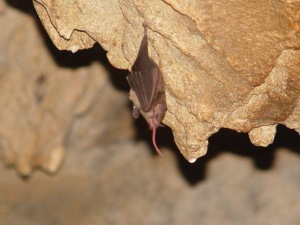After our wonderful morning at San Juanillo Beach, and a delicious lunch on the beach, we headed to Ostional to learn about the turtle conservation / turtle management practices in place in Ostional. This location is one of the last areas in the world to experience the Arribada, or ‘great arrival’ of the Olive Ridley Lepidochelys olivacea sea turtles. This great arrival happens in greatest numbers at night in the months of July and August, where it is estimated that 20,000 to 130,000 sea turtles come up to the beaches of the Ostional Wildlife Refuge to nest. Here is some background information on this mass nesting phenomenon:
“Only two species of marine turtles display a unique mass nesting behavior. This behavior is known as an ‘arribada’. This reproductive phenomenon was first observed by the scientific community in 1961. By producing large numbers of offspring most organisms like sea turtles can insure their survival even after predation occurs. As they evolved, ridley sea turtles adopted a unique nesting behavior that increases their offspring’s chance of survival. They deposit more eggs in the sand than predators can consume. No other species of marine turtle uses this type of nesting behavior. Both species of ridley practice the phenomenon known as “predator swamping”. “Predator swamping” can also be observed as hatchlings emerge from their nests in large numbers. This behavior overwhelms the predators that wait to eat them on the beach. Predator swamping increases the odds of offspring surviving to adulthood and introduce that parent’s genetic information into the gene pool.” http://www.seaturtleinc.org/education/lesson-plans/arribada/.
Ostional is controversial in part due to their turtle management practices. Villagers here, under the direction of a cooperative that provides tight security, are allowed 100 turtle eggs per family, and many are sold to local restaurants and stores. In watching the video and talking with our Ostional expert, Martha, it was learned that only 1% of the 10-30% of eggs that survive predation, are harvested by the villagers. These management practices enable the survival of the ridley turtles, as well as providing a cultural and economic benefit to the local community. The biggest predators of turtle eggs and hatchlings are dogs and vultures, among others. If interested in reading more about the ecology of nesting marine turtles, and the conservation issues, as well as management practices at Ostional, please see the attached three articles by Lisa Campbell: Local_Conservation_Practice_and_Global_Discourse_
Use_them_or_lose_them_Conservation_and_the_consumption of marine turtle eggs
Science_and_Sustainable_Use_Views_of_Marine_Turtle
See pics below from our time in Ostional at the turtle presentation, and then at a beach clean-up that everyone participated in until dark, which ended after a thunder and lightning rainstorm rolled in. We unfortunately were not able to see any turtles nesting this evening, due to the storm, during which no one is allowed on the beach, for good reason! Only 5 turtles had nested the prior night. Locals were predicting the next arribada at around the 15th of August. The good news is that we got to see Green turtles nesting in Tortuguero on the Caribbean coast, so course participants experienced this very special event for which Costa Rica is well-known.
















































